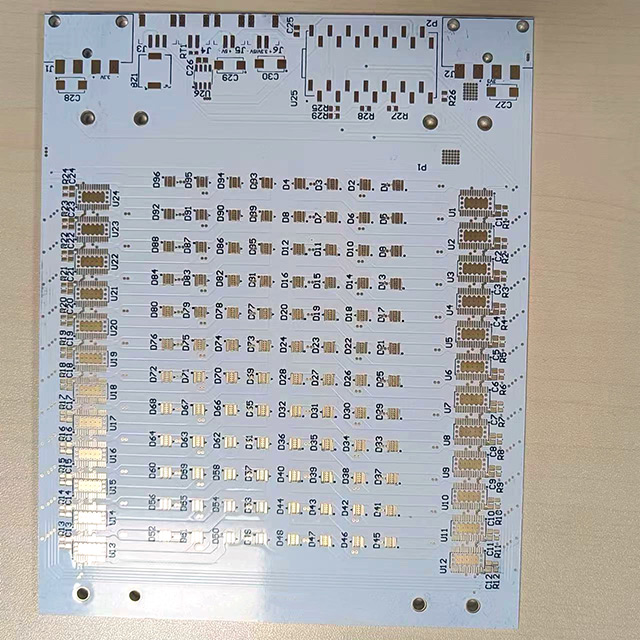Hillabaloo
DIY
DIYer question.
I have a 32 amp supply going from consumer unit in garage to kitchen. It supplies an induction hob only. The cable is easily accessible.
I need an additional socket in the garage - 13 amp max. The easiest and hopefully cheapest way to do this is to take a spur off the 32 amp cable.
How should I do this? I will need a junction box and 2.5 mm cable for the 13 amp socket, but how do I do this safely? So for example how can I ensure the 2.5 mm cable is isolated from power going to hob when its on? Recommendations on products would be good also.
Apologies if a daft question.
Thanks in advance.
I have a 32 amp supply going from consumer unit in garage to kitchen. It supplies an induction hob only. The cable is easily accessible.
I need an additional socket in the garage - 13 amp max. The easiest and hopefully cheapest way to do this is to take a spur off the 32 amp cable.
How should I do this? I will need a junction box and 2.5 mm cable for the 13 amp socket, but how do I do this safely? So for example how can I ensure the 2.5 mm cable is isolated from power going to hob when its on? Recommendations on products would be good also.
Apologies if a daft question.
Thanks in advance.











